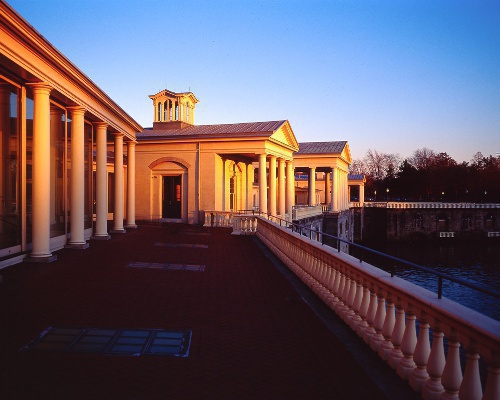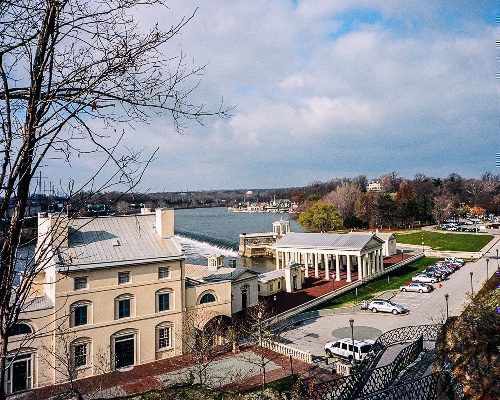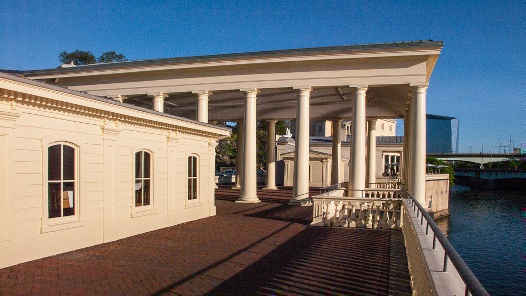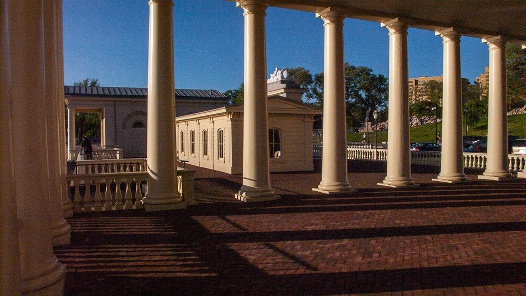Exterior
5/5
Interior
1/5
Site
5/5
History
5/5
Overall
5/5
A Greek sacred village of temples concealing state – of – the – art technology, the Waterworks was a must see attraction in the 19th Century and remains one today.




